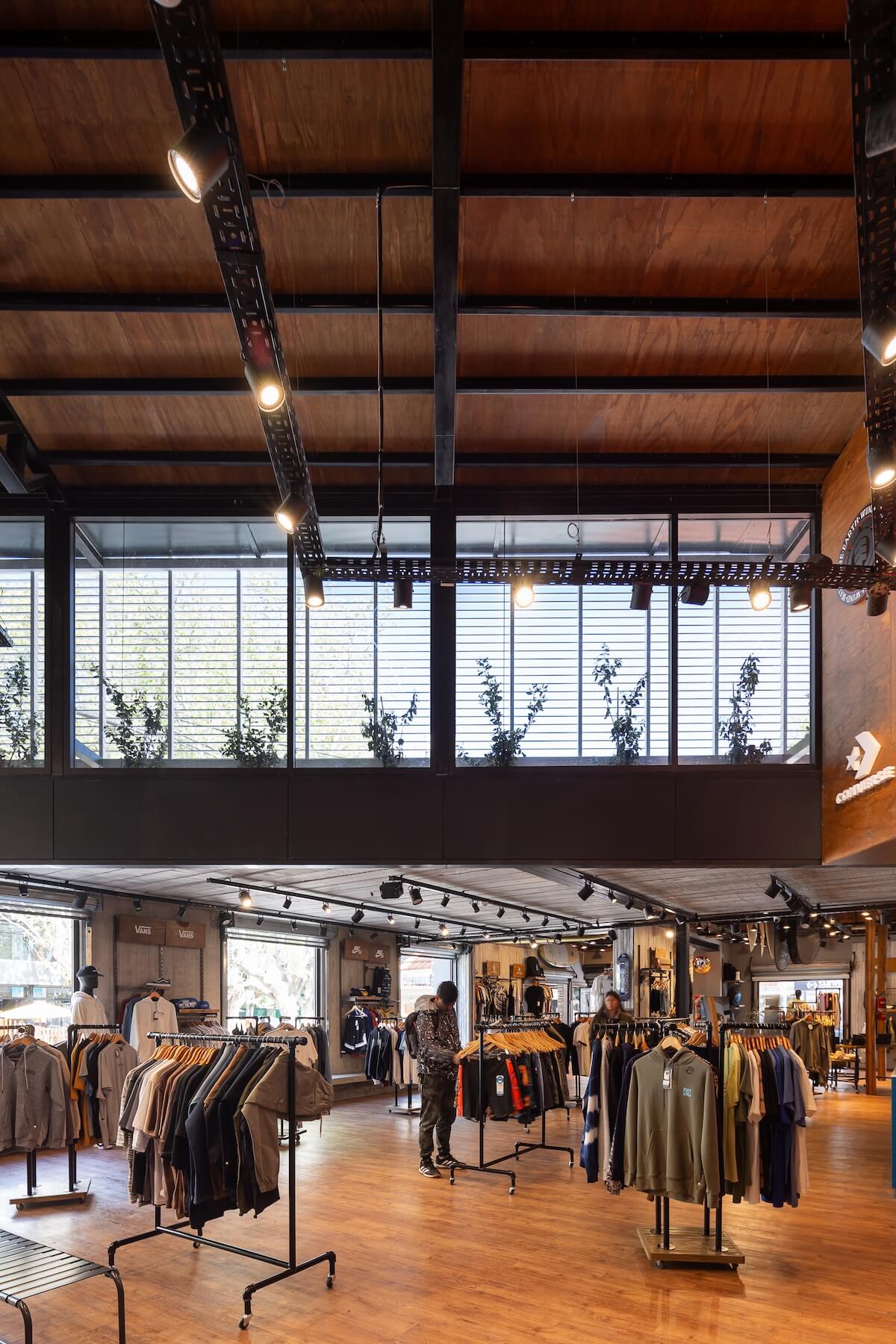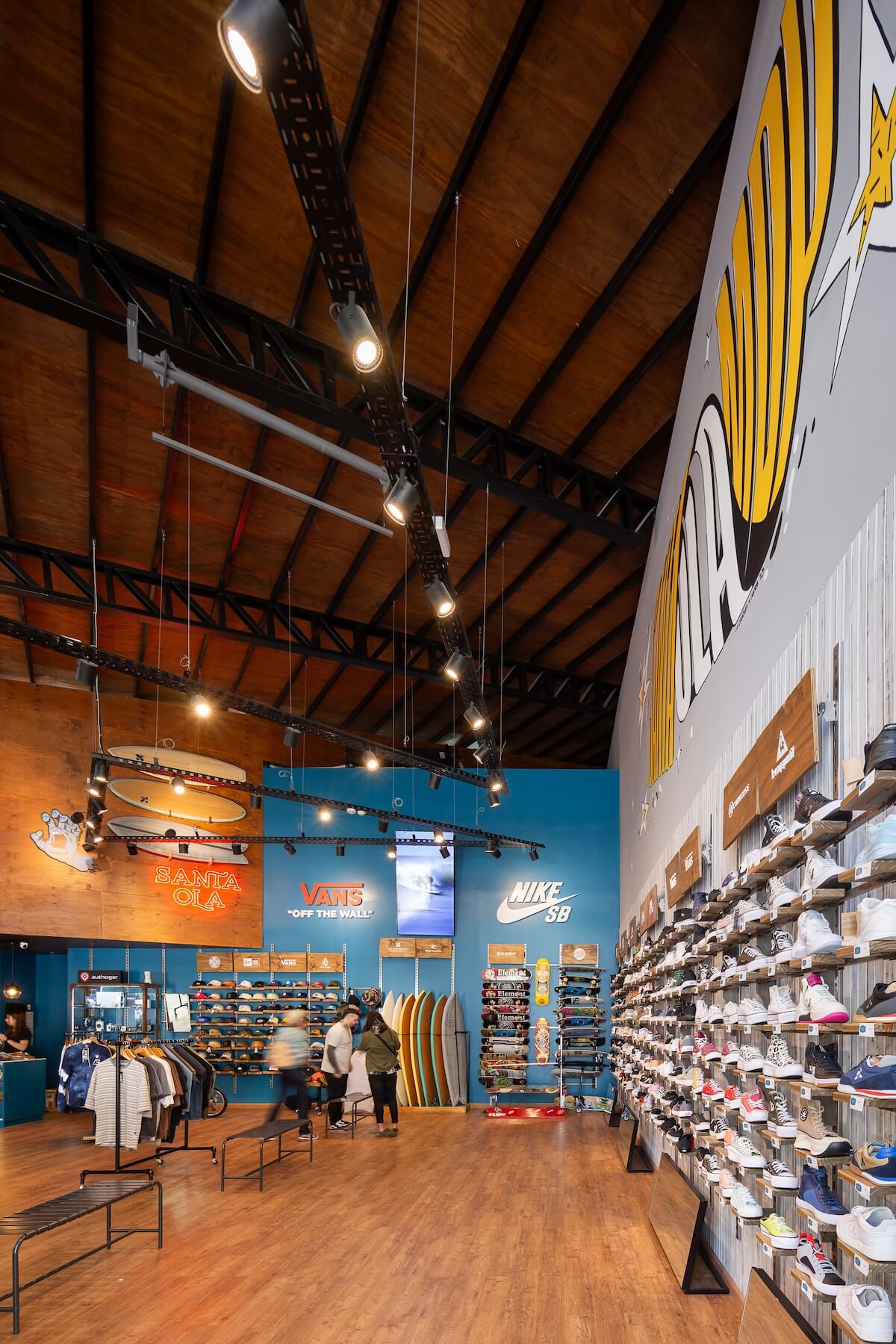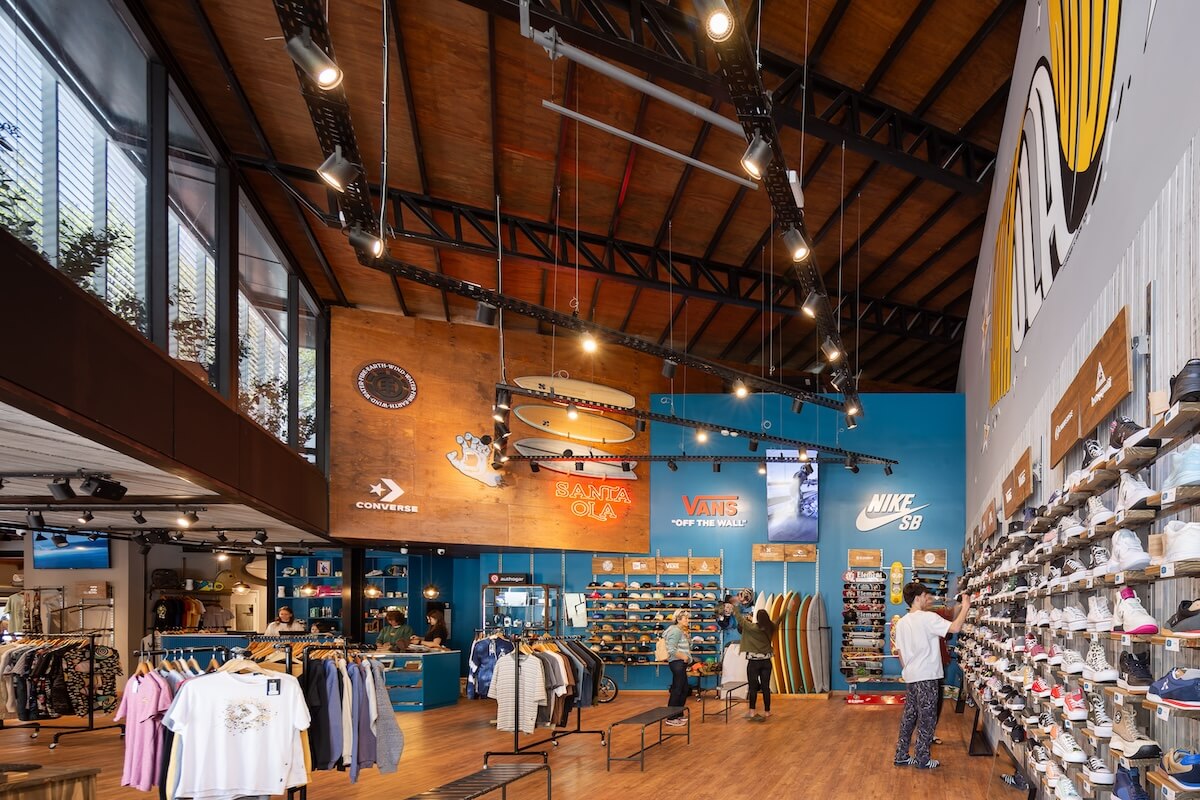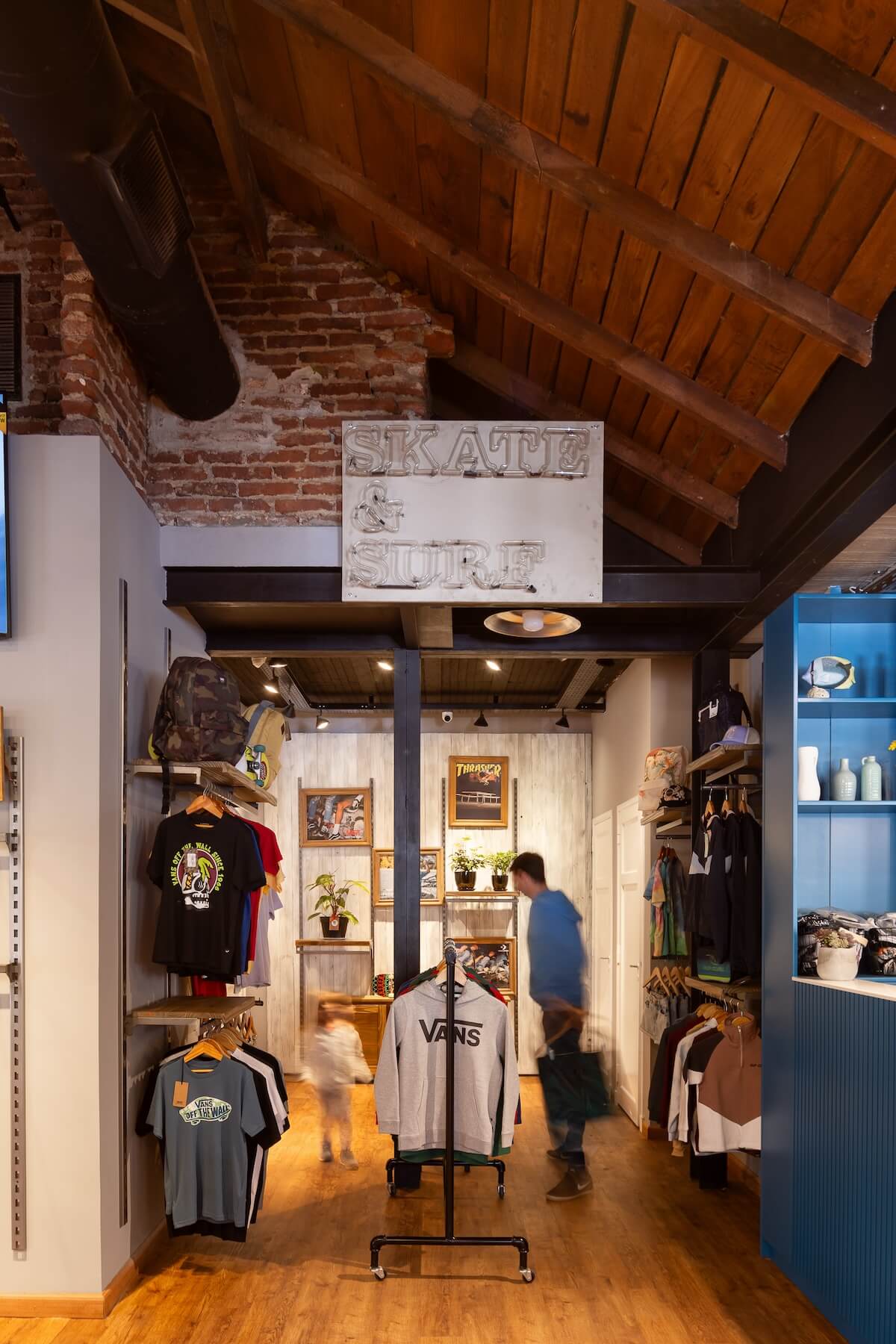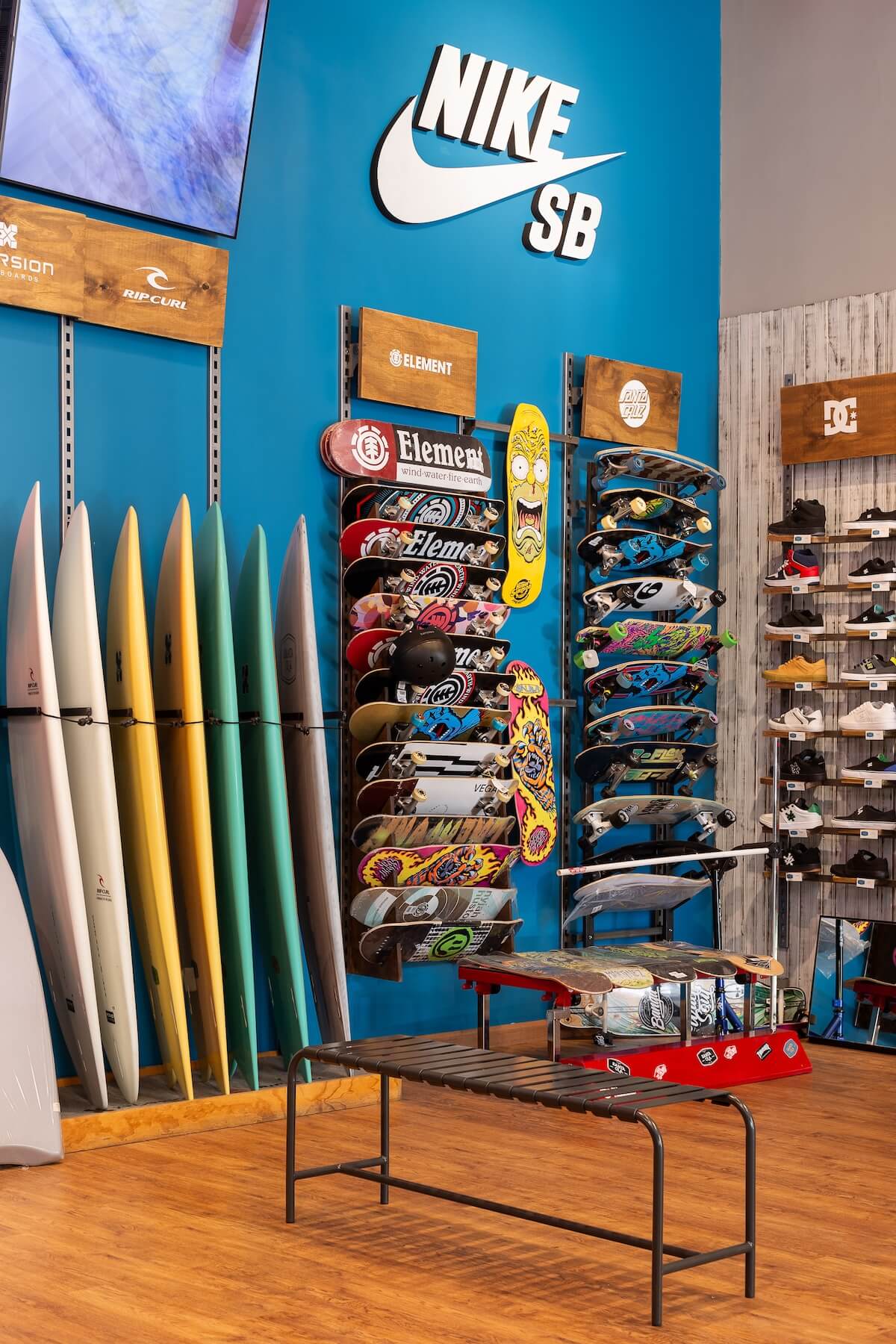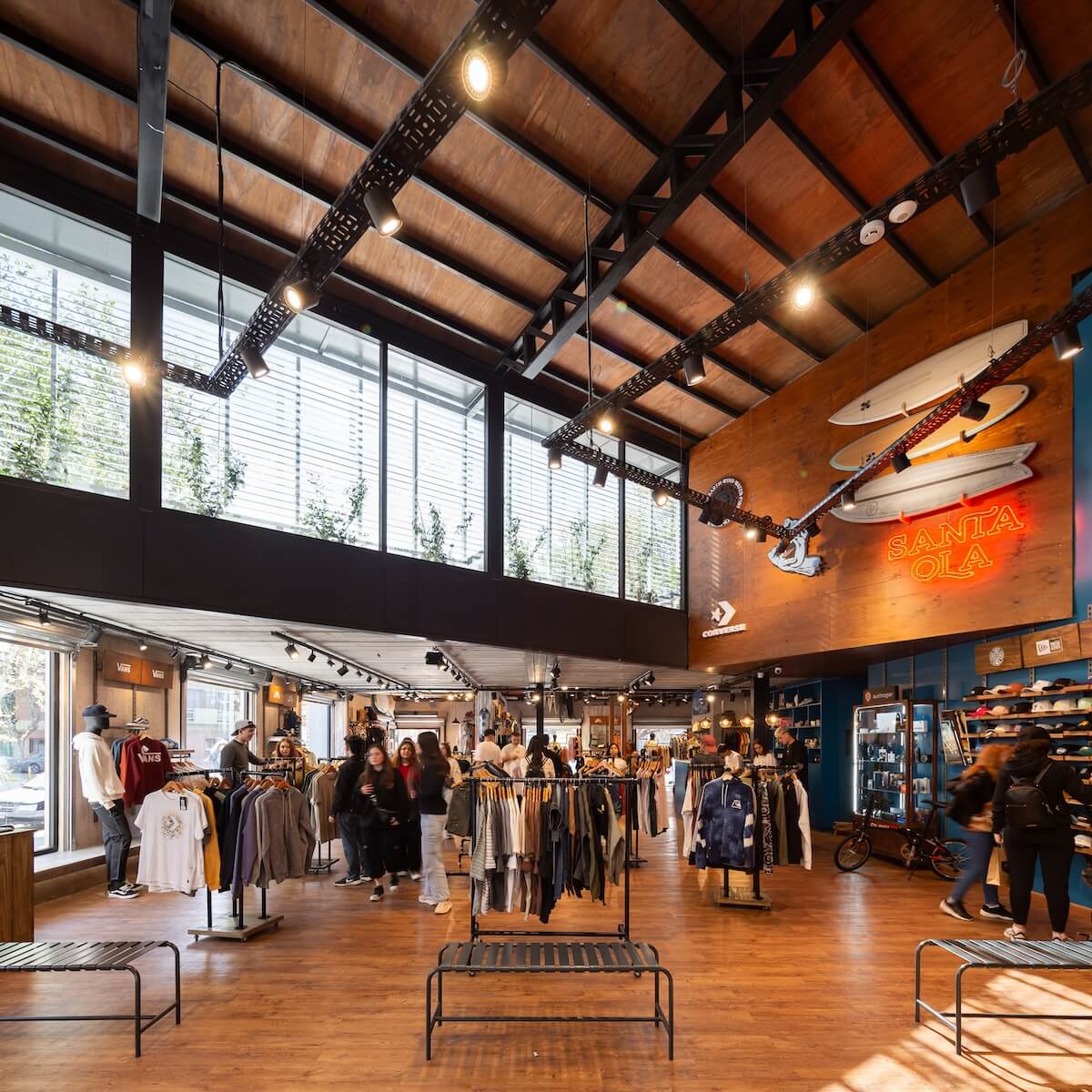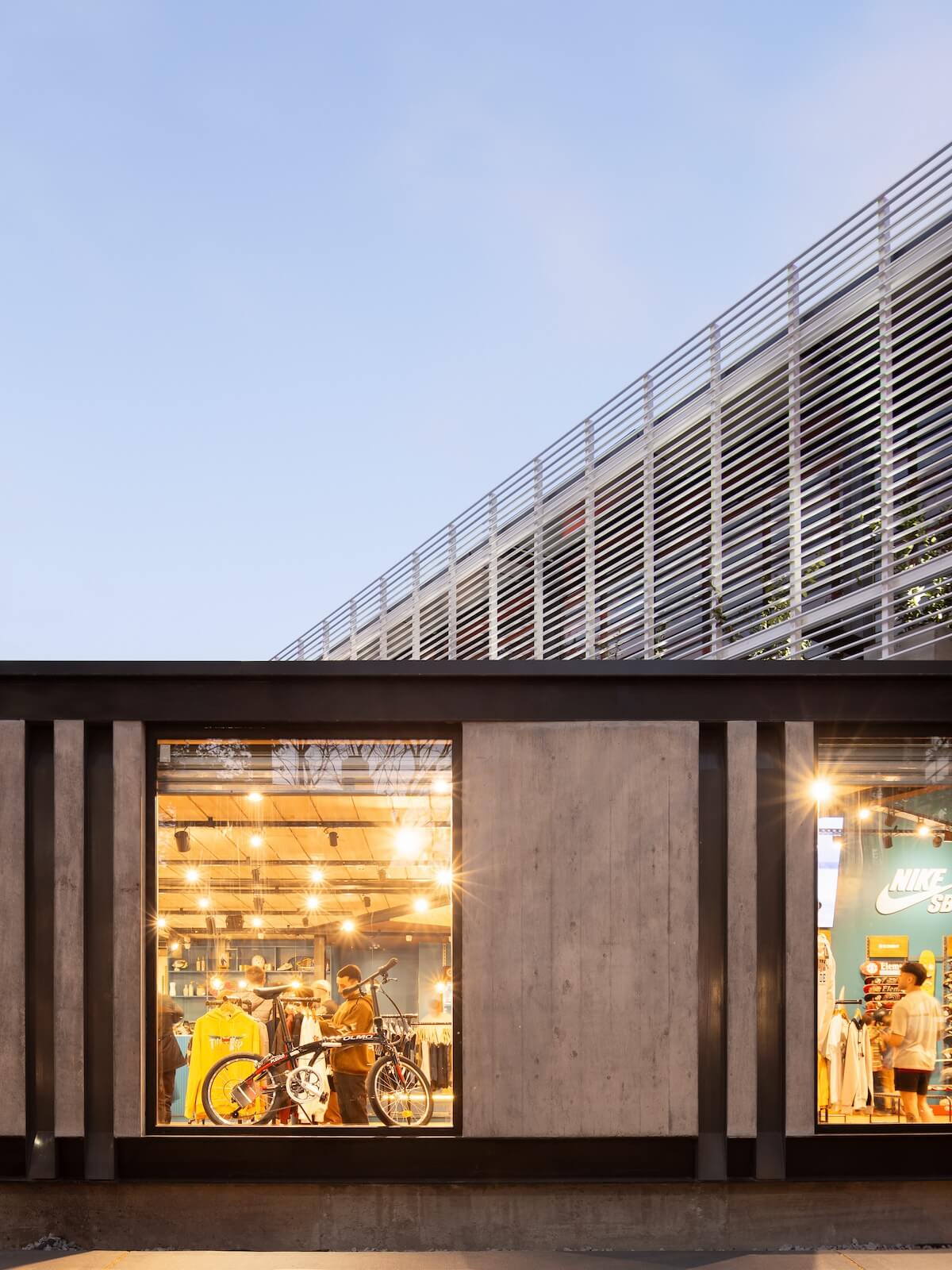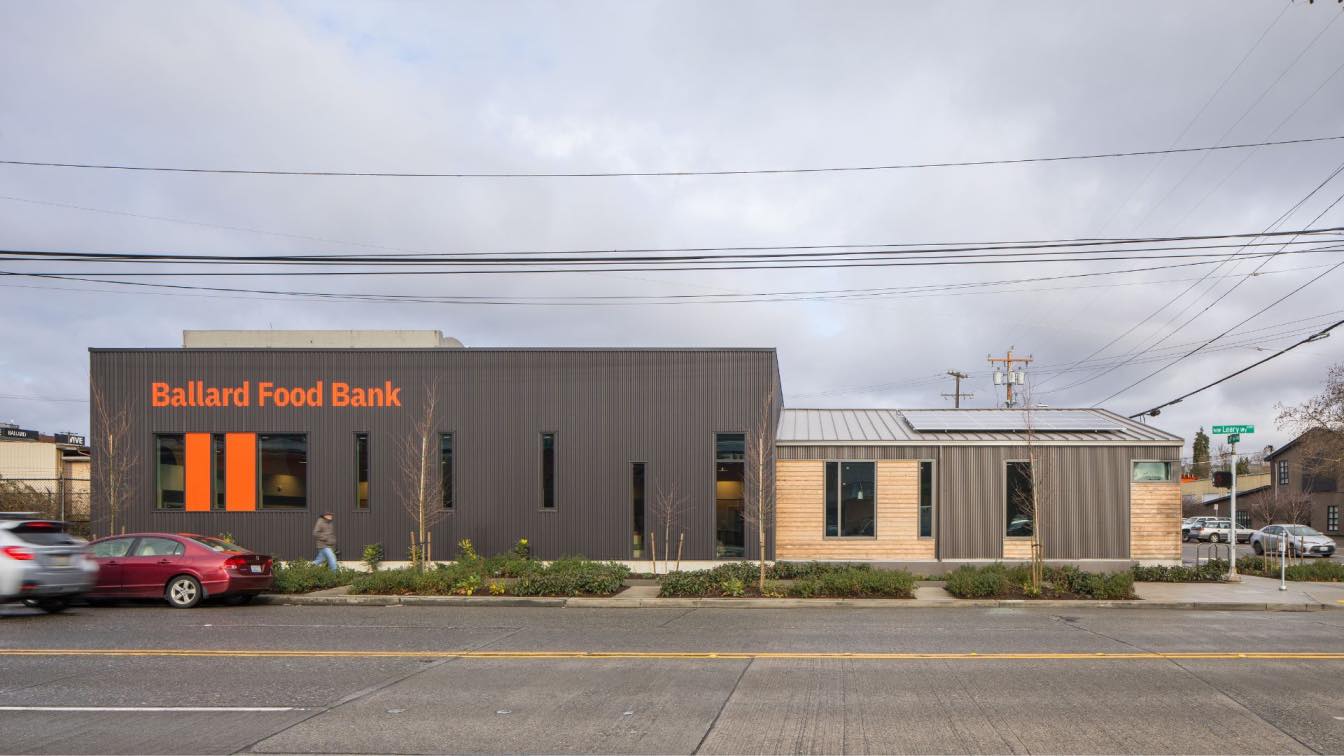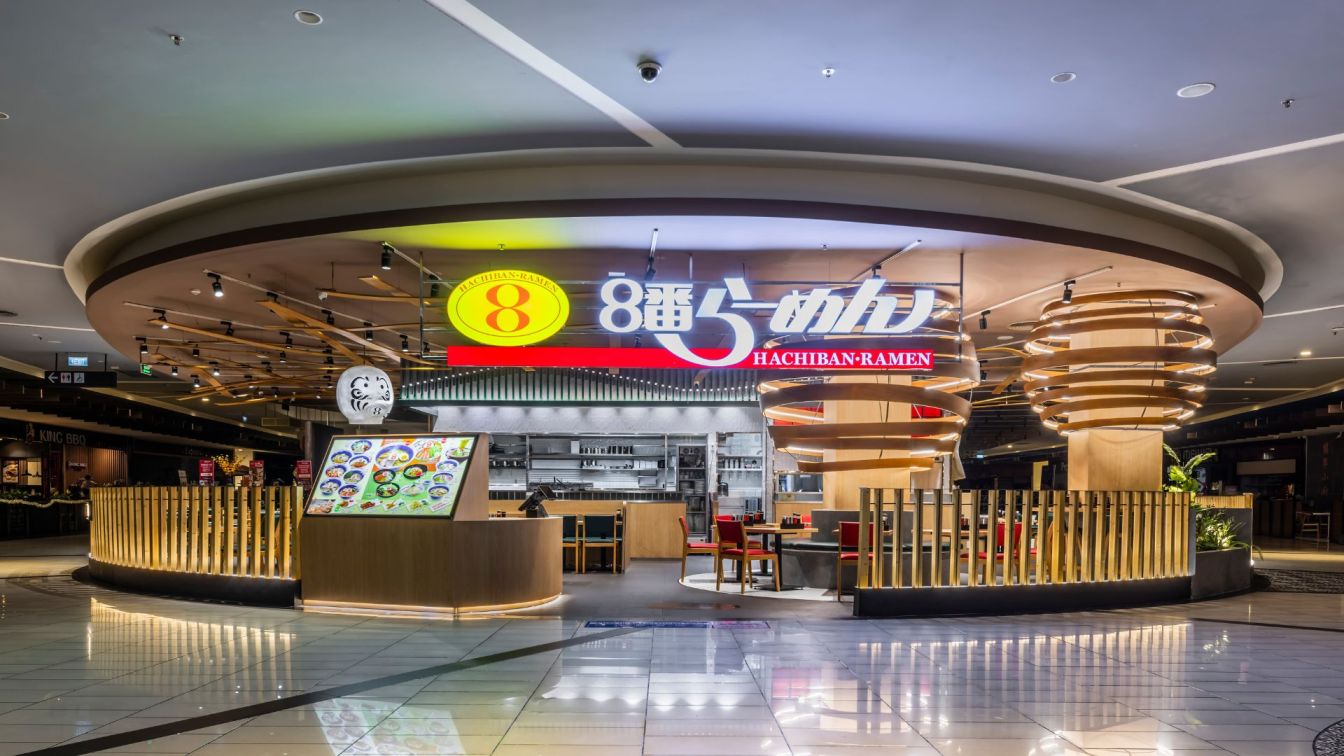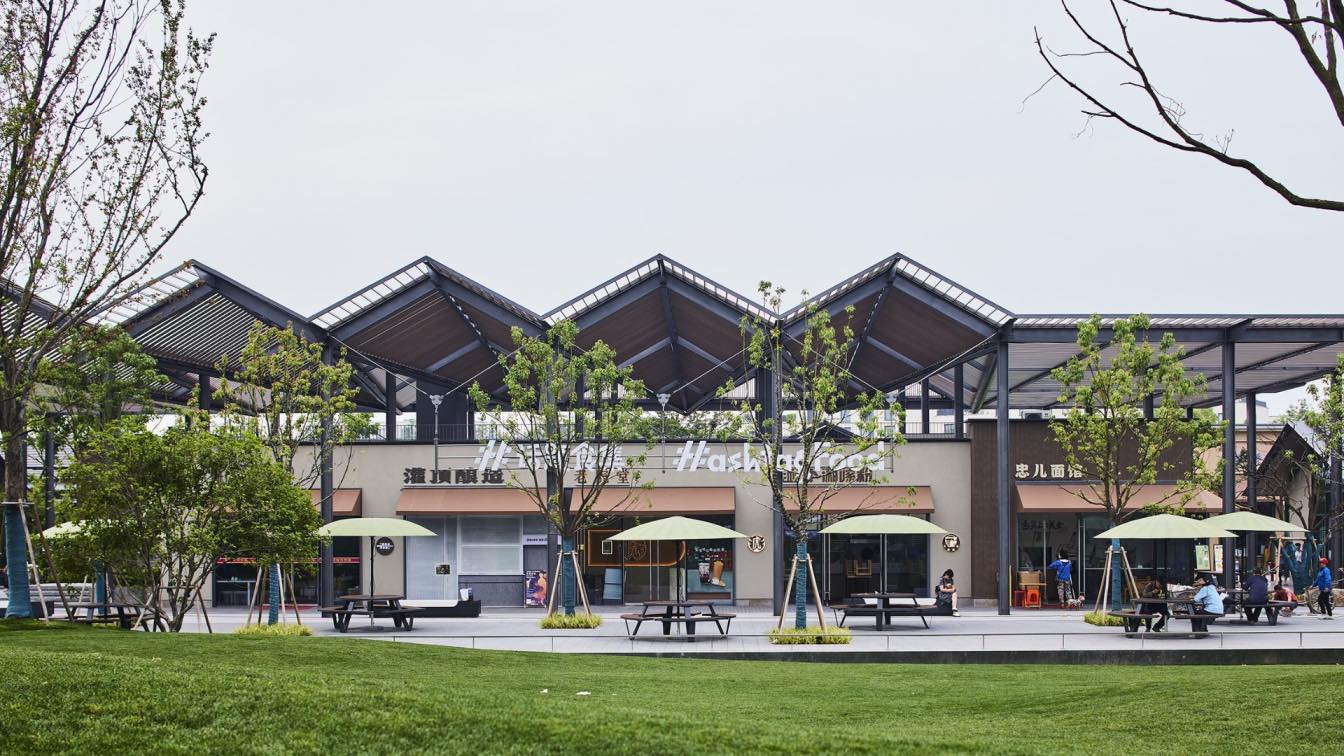Moirë Arquitectos: Enhancement and expansion
Site:
The project consists of the valorization and expansion of a “Chalet Marplatense” that has been operating as a commercial space for the past eight years. It is located on the Güemes commercial district, an area undergoing expansion and transformation with a high pedestrian and vehicular density.
Chalet – Cultural Heritage
Located on a corner between the Stella Maris and Los Troncos neighborhoods, both owe their origins to beach residences, mainly Villas, Cottages and Chalets. Today, they are traditional neighborhoods whose memory and collective identity refer to a fabric of chalets, of which there are almost no traces left.
Popularly designated as the “Chalet Marplatense”, it emerged as a result of the popularization of the seaside city and the 1930s crisis, simplifying programs and placing them on smaller lots. These constructions aimed to maintain picturesque characteristics, the aesthetics of noble materials, artisanal techniques, morphology based on additive composition of different volumes, and faceted roofs evident from the figure-background duet.
Dialectic Approach
Starting from the premise that doing architecture is making a city and that an extension project can transform not only a building but also an urban space. The design decision was not only to preserve the chalet for its significance to the city's collective memory but to enhance it, turning the new building into a backdrop and giving more public space to the street.
Through a dialectical intervention, the entire project gains a new image where the contemporary and the traditional are valued, enhancing and redefining the site, the corner as a unique urban space, the sidewalk as an appropriable space, and the building as the identity of the brand and Mar del Plata city.

Urban Concepts:
The new section of the building takes on the surrounding height, covering the party wall and at the same times it breaks the orthogonal axis of the block grid to give uniqueness to the chalet. This element also manages to emphasize the corner condition and increases its visibility.
To create more public space and provide an architectural response to the densification of this urban sector, the building steps back, widening the sidewalk and creating a meeting point that enriches the building's relationship with the city.
Boundary and Materiality:
The building seeks to incorporate noble materials with aesthetic expression and historical representativity, aiming for a dialogue between the past, present, and future. The goal is to enhance the materiality of the chalet, restoring the wood and recovering the state of the stone and the tile roof.
The new area of the building does not seek to mimic the patrimony but differentiates itself with a contemporary image formed by pure forms, materials, and colors that differ from the chalet: exposed concrete, black aluminum, and glass are the ones chosen. These maintain the expressiveness of the material, similar to what happens with stone, wood, and the roof tile in the chalet.
The design of the building's boundary aims to guide the interaction with the people who pass by the corner, both on foot and in vehicles, providing the necessary transparency to invite people to enter the commercial space.
A sequence of opaque and translucent planes, referencing the existing boundary of the chalet, is repeated in the new section of the building to allow "peeking" into the interior of the commercial space.
Construction system and Stageability
The structure and materialization of the project were designed to enhance the architectural idea and to respond to the premise that it should be developed with the commercial space operating simultaneously.





















